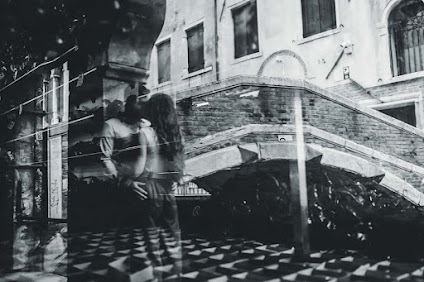Why Working with a Professional Venice Photographer Can Transform Your Photoshoot

When people think about a photoshoot in Venice, they usually picture gondolas, canals, and historic buildings. But capturing real, meaningful images in this city takes more than just being in the right place. It takes local knowledge, precise timing, and a deep understanding of how Venice works with light and space. That’s why working with a professional Venice photographer makes all the difference. Venice Is Visually Complex — and Always Changing Venice isn’t an ordinary backdrop. The city is in constant flux. Light bounces off water, fog moves through empty squares, and small details — a reflection in a canal, the shadow of an archway — can shift dramatically throughout the day. This means that getting a beautiful photo in Venice depends not only on your subject but on knowing exactly when and where to shoot . Tourists with cameras often miss this. They shoot in harsh daylight or crowded piazzas, resulting in flat, generic images. A local photographer avoids these problem...
.jpg)


.jpg)

